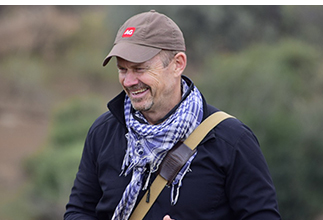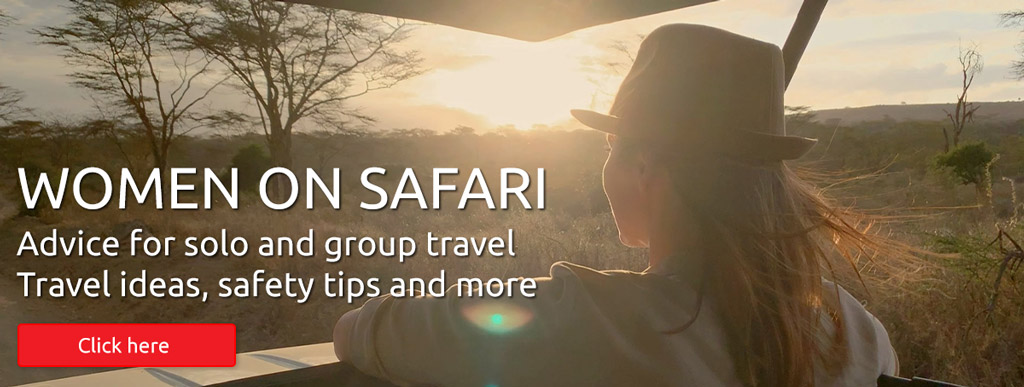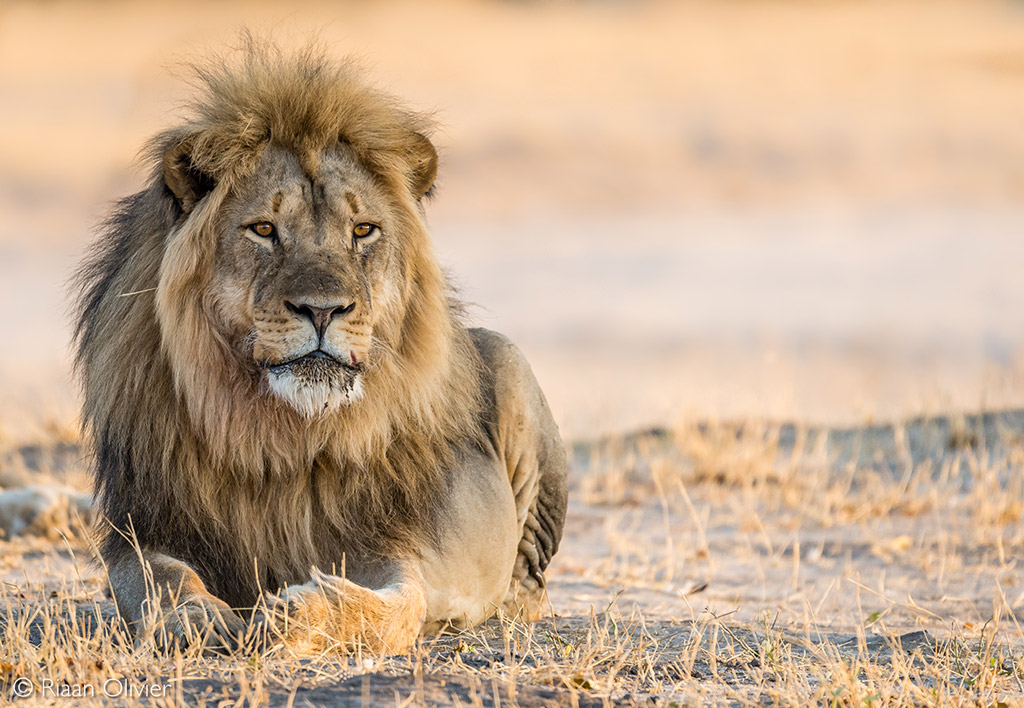
This is a copy of our weekly email newsletter. Subscribe here to receive the newsletter.
10 tuskers left in Amboseli? + Picture-perfect Liwonde

Our best photography prize ever? Entries are open for Photographer of the Year – our annual celebration of Africa’s awesomeness. And this year we tweaked things to grant our three winners the status of legitimate conservation heroes. They get to each sponsor a lion research collar (paid for by teamAG) and so play a practical role in the conservation of Africa’s free-roaming lions – a wonderful tribute to their photographic prowess! And they and their partners will join me on safari in Hwange, Zimbabwe to learn about lion conservation. Amongst other thoroughly fascinating experiences we will spend time with researchers and local rural people at the coalface of lion conservation.
AI-generated images are now a dime a dozen on social media – attracting adoring comments about the wonder of nature (rolls his eyes). Chubby-cheeked cherubs hugging quaffed lions compete for our attention with seriously accurate (but fake) renditions of wild animals. Our mission is to reflect the REAL AFRICA – warts and all. And that is why we will NOT permit AI-generated images in Photographer of the Year. They are not photographs – it’s as simple as that. Using artificial intelligence in your post-production work on photographs is permitted if the result faithfully represents the original scene (AI is already integrated into most post-production software). See our competition rules here. Search your archives and enter now – and perhaps join me in Hwange to make a real difference at ground zero!

Simon Espley – CEO, Africa Geographic
From our Editor – Taryn van Jaarsveld

Will the Garden Route’s lone female elephant soon have a herd? She goes by many names – including Ou Poot, Strange Foot, and Matriarch – but to most she is known as THE Knysna Elephant. The single female elephant has existed as a ghost in Knysna’s forests and fynbos, South Africa, for many years, and is the only female elephant in the world known to exist in the wild completely by herself.
Camera trap and ecological studies have helped us learn more about her (see more in the video below). Worryingly, her stress levels are abnormally high – likely as she’s under chronic stress from being alone, and becomes more strained when sensing humans are near. But recent studies conducted by SANParks support the re-introduction of more elephants to the area. Watch this space!
Now to East Africa’s elephants, where the integrity of Amboseli’s elephant population is in jeopardy, and the super tusker population is down to about 10. Read about the hunting of A THIRD elephant in Enduimet, and what YOU can do about this, below. In further developments, Amboseli Trust for Elephants has positively identified the first hunted bull as Gilgil, a breeding elephant aged 35, who would have just been entering his prime reproductive years. Our sources confirm that Gilgil was a 100-pounder. See more in our story…
Lastly, don’t miss our story on Kingsley Holgate’s expedition to picture-perfect Liwonde.

Story 1
https://africageographic.com/stories/amboseli-super-tuskers-down-to-10-as-trophy-hunters-operate-in-stealth-mode/
TROPHY HUNTED
Amboseli’s super tuskers are down to about 10, as trophy hunters operate in stealth mode. With a 3rd elephant hunted in Enduimet, Amboseli’s elephants are in jeopardy
Story 2
https://africageographic.com/stories/picture-perfect-liwonde/
PICTURE-PERFECT LIWONDE
Kingsley Holgate & his Afrika Odyssey expedition team are connecting 22 parks managed by African Parks. Read about their trip to Liwonde NP
 TRAVEL DESK:
TRAVEL DESK:
Are you longing for a gorilla-trekking experience in the forests of the Congo or Rwanda? Take your pick:

COALITION – How YOU can make a difference
Do you have a friend who wants to go on an African safari? Refer them to Africa Geographic, and you’ll help protect lion populations in Africa.
Here’s how:
- If a person you refer to AG books a safari with us, both of you will be added to an AG lion COALITION, and AG will donate $250 towards the satellite collaring of a lion.
- Each satellite collar costs $2,500 – this means that once the COALITION reaches ten referrals – raising enough to purchase a collar – we finalise that COALITION and start building the next one.
- Once that COALITION’s lion has been identified and collared, each COALITION member (including you) receives general updates from the research team about the lion – secure in the knowledge that they have made a decisive contribution to the ongoing survival of Africa’s free-roaming wild lions.

 WATCH: Learn more about the local extinction of Knysna’s elephants, the last elephant in the Knysna Forest, and the work being done to save her. (07:14) Click here to watch
WATCH: Learn more about the local extinction of Knysna’s elephants, the last elephant in the Knysna Forest, and the work being done to save her. (07:14) Click here to watch
For more videos celebrating Africa, check out our videos here
To comment on this story: Login (or sign up) to our app here - it's a troll-free safe place 🙂.![]()






